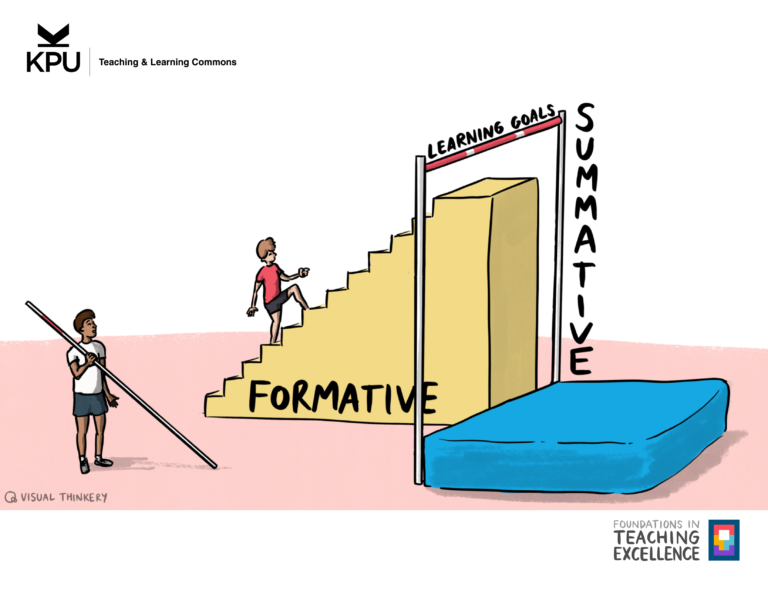Curriculum Mapping

There are a number of tools that curriculum designers can use to help them design a program. These days curriculum design is really coalescing around an outcomes-based approach to curriculum. Also referred to as backwards design, the process starts with envisioning the program outcomes first: What do you want graduates of the program to be able to do?
Once a curriculum designer has a clear idea of the program outcomes, one of the tools that becomes available is curriculum mapping. Curriculum mapping is a process in which educators generate a visuospatial representation of a curriculum (Uchiyama & Radin, 2009). Outcomes-based curriculum maps make it easier to ensure alignment between course learning outcomes and program learning outcomes.

Curriculum maps can be used to design new programs, and given the dominance of outcomes-based curriculum design I would expect to see one in most new program proposals. However, curriculum maps can be a particularly powerful tool for program review. The visuospatial nature of program review reveals clusters and gaps in a program that are not otherwise readily apparent.
Working with one department, the curriculum map revealed that no one was serving the program learning outcome related to ethical reasoning. All of the faculty teaching in the program thought someone else was addressing that.
Based on the curriculum map in another department, it appeared that their students were not being taught collaboration or teamwork skills. In reality, lots of faculty were including group work in their courses. However, in digging deeper with the department, it also turns out that few faculty were explicitly teaching students how to collaborate effectively in group work. The curriculum map revealed a gap in the program learning outcomes, but it also started a broader conversation in that department about what it means to teach collaboration and teamwork.
I recently finished a project with Peter Wolf, a real change-maker in Canadian educational development practices. Peter introduced me to the idea that curriculum mapping can go beyond the traditional outcomes-based mapping that most curriculum designers are familiar with. He has shown me examples of curriculum maps things like signature pedagogies, work-integrated learning, high-impact practices, or student curricular experiences. For example, mapping due dates for writing assignments in a program can really inform the question, “Why are our students such bad writers?”

If you or your department would like some help developing a curriculum map for a new program, or to develop a curriculum map as part of program review for an existing program, please get in touch with Gina Buchanan to request a consultation.
Cited Reference
Uchiyama, K. P., & Radin, J. L. (2009). Curriculum mapping in higher education: A vehicle for collaboration. Innovative Higher Education, 33(4), 271-280. KPU PERMALINK


